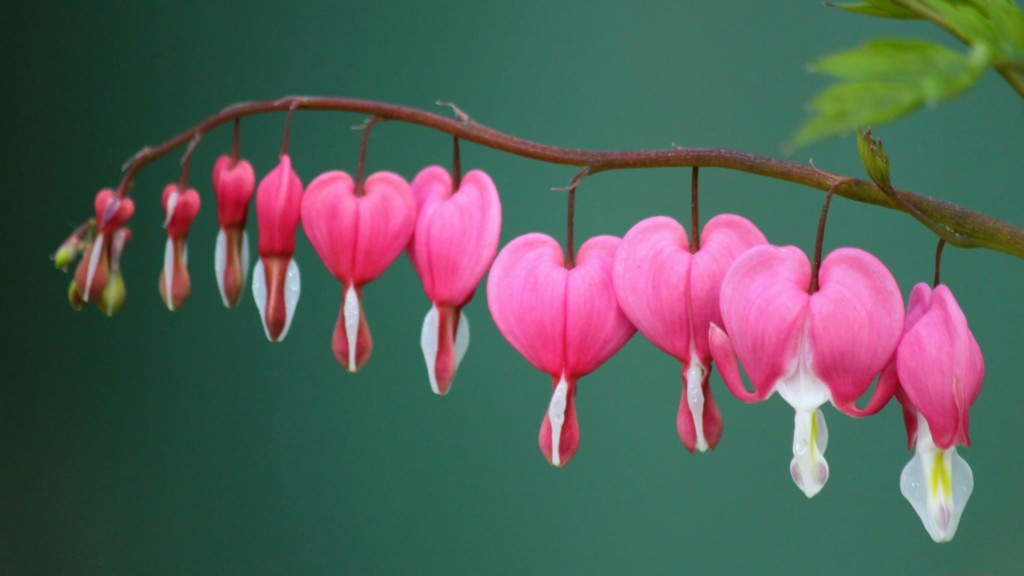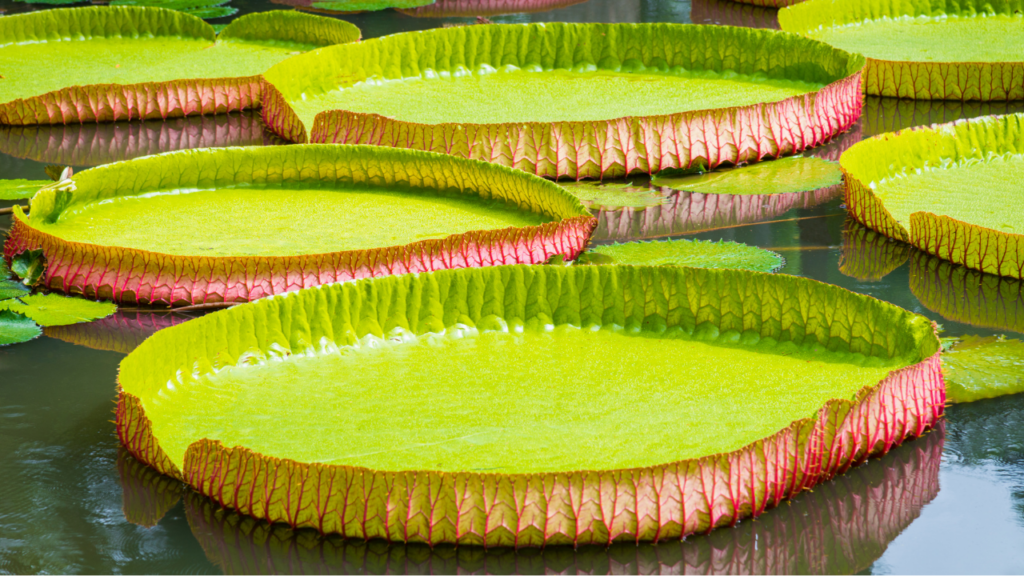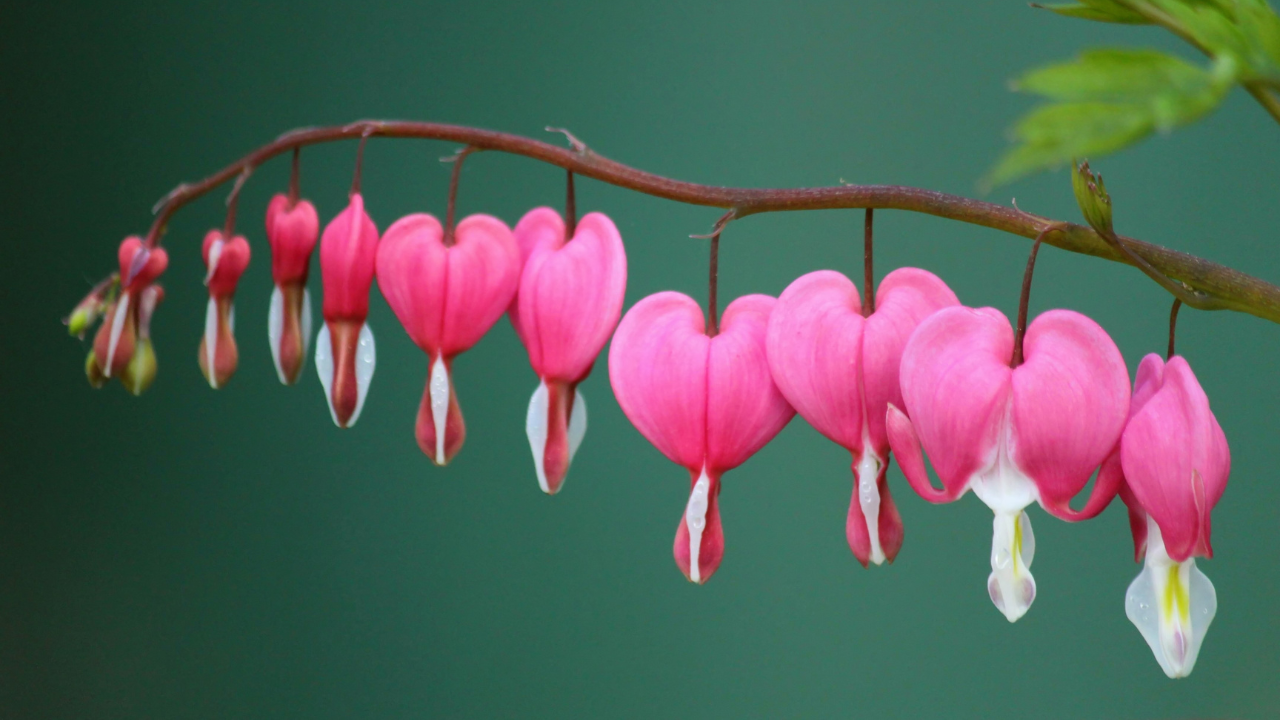Gardening enthusiasts often look for unique additions to their gardens to make them stand out. While common plants have their charm, unusual plants can add a distinctive flair to any garden space. These plants are not just visually striking; they often come with fascinating histories, interesting growth habits, or unique care requirements. In this article, we’ll explore ten unusual plants that can bring a touch of the extraordinary to your garden.

1. Corpse Flower (Amorphophallus titanum)
The Corpse Flower, native to the rainforests of Sumatra, is famous for its massive bloom and the pungent odor it emits, reminiscent of rotting flesh. This smell attracts pollinators like carrion beetles and flies, which are drawn to decaying matter. Despite its off-putting scent, the Corpse Flower’s bloom is a spectacular sight, reaching up to 10 feet in height.
The plant is challenging to cultivate, requiring specific tropical conditions to thrive. However, for those who can provide the right environment, the Corpse Flower offers an unparalleled botanical spectacle. Its bloom cycle is unpredictable, with flowers sometimes taking years or even decades to appear.

2. Lithops (Living Stones)
Lithops, often called “living stones,” are succulents that closely resemble small stones or pebbles. Native to the arid regions of southern Africa, they have evolved this unique camouflage to avoid being eaten by herbivores. Lithops come in various colors and patterns, making them a fascinating addition to any succulent collection.
These plants are remarkably easy to care for, requiring minimal water and thriving in bright sunlight. Their unique appearance makes them a conversation starter, and they are perfect for gardeners looking for low-maintenance, yet visually intriguing, plants.

3. Bat Plant (Tacca chantrieri)
The Bat Plant, native to Southeast Asia, is known for its dark, bat-shaped flowers and long, whisker-like bracts. This unusual plant thrives in humid, shaded environments, making it a great choice for indoor gardens or shaded outdoor areas. The flowers are deep purple to black, adding an exotic touch to any plant collection.
Caring for the Bat Plant involves maintaining high humidity and avoiding direct sunlight. It prefers well-draining soil and consistent moisture, mimicking its natural tropical habitat. With the right care, the Bat Plant can be a striking centerpiece in any garden.

4. Dragon’s Blood Tree (Dracaena cinnabari)
The Dragon’s Blood Tree, native to the Socotra archipelago, is known for its umbrella-like canopy and the red sap it produces, which is often referred to as “dragon’s blood.” This sap has been used historically for medicinal purposes, dyes, and incense. The tree’s unusual shape and striking appearance make it a standout in any landscape.
This plant thrives in dry, arid conditions and is well-suited for xeriscaping. It requires minimal water once established, making it a sustainable choice for gardeners in dry climates. Its unique silhouette and cultural significance add an element of mystery and history to any garden.

5. Bleeding Heart (Lamprocapnos spectabilis)
The Bleeding Heart is a perennial plant native to Asia, known for its heart-shaped flowers that appear to be “bleeding.” These delicate pink or white flowers hang in clusters from arching stems, creating a romantic and whimsical effect in shaded garden areas.
Bleeding Hearts prefer cool, shaded environments with well-draining soil. They bloom in spring and early summer, adding a touch of elegance to woodland gardens or shaded borders. Their unique floral shape and charming appearance make them a favorite among gardeners seeking a touch of the unusual.

6. Monkey Face Orchid (Dracula simia)
The Monkey Face Orchid, native to the cloud forests of Ecuador and Peru, is renowned for its flowers that strikingly resemble a monkey’s face. This fascinating orchid thrives in cool, humid environments, often growing as an epiphyte on tree trunks in its natural habitat.
Caring for the Monkey Face Orchid involves providing high humidity, cool temperatures, and indirect light. It’s a bit more challenging to grow compared to other orchids, but its unique and whimsical flowers make it a rewarding plant for dedicated orchid enthusiasts.

7. Sensitive Plant (Mimosa pudica)
The Sensitive Plant, also known as the Touch-Me-Not, is famous for its leaves that fold up when touched. This rapid movement is a defense mechanism to deter herbivores. Native to South and Central America, the Sensitive Plant is a fun and interactive addition to any garden.
It thrives in warm, humid conditions and prefers well-draining soil. The plant produces small, pink, puffy flowers, adding to its charm. The Sensitive Plant’s responsive nature makes it a fascinating choice for gardeners, especially those with children who will enjoy its interactive leaves.

8. Bird of Paradise (Strelitzia reginae)
The Bird of Paradise, native to South Africa, is named for its stunning flowers that resemble a brightly colored bird in flight. These vibrant orange and blue flowers make it a show-stopping addition to any garden or indoor space. The plant’s large, banana-like leaves also add a tropical feel.
It prefers well-draining soil and plenty of sunlight, thriving in both garden beds and large pots. While it requires regular watering, it’s relatively low maintenance. The Bird of Paradise’s exotic flowers and lush foliage can bring a touch of paradise to any setting.

9. Venus Flytrap (Dionaea muscipula)
The Venus Flytrap, native to subtropical wetlands on the East Coast of the United States, is one of the most famous carnivorous plants. Its hinged leaves snap shut when triggered by unsuspecting insects, which it then digests. This fascinating feeding mechanism makes it a favorite among both novice and experienced gardeners.
Caring for a Venus Flytrap requires maintaining a high humidity level and using nutrient-poor soil, such as sphagnum moss. It thrives in bright, indirect light and needs distilled or rainwater. The Venus Flytrap’s unique ability to catch and digest insects adds a touch of intrigue to any garden.

10. Ghost Plant (Monotropa uniflora)
The Ghost Plant, also known as the Indian Pipe, is a unique, non-photosynthetic plant that gets its nutrients from mycorrhizal fungi associated with tree roots. Native to temperate regions of North America, this plant is entirely white and often mistaken for a fungus due to its unusual appearance.
It thrives in shady, moist forest environments, making it a unique addition to woodland gardens. The Ghost Plant’s ethereal, almost otherworldly appearance, coupled with its fascinating ecological niche, makes it a standout plant for those looking to add a touch of the unusual to their garden.

11. Giant Water Lily (Victoria amazonica)
The Giant Water Lily, native to the Amazon Basin, is known for its enormous floating leaves, which can reach up to 10 feet in diameter. These leaves can support significant weight, making them a popular feature in botanical gardens around the world.
In addition to its impressive leaves, the plant produces beautiful, fragrant flowers that change color from white to pink after pollination. Growing the Giant Water Lily requires a large, warm pond with still water, as well as ample sunlight, making it a stunning yet challenging addition to any water garden.

12. Pitcher Plant (Nepenthes spp.)
The Pitcher Plant, found in tropical regions across the globe, is a carnivorous plant known for its pitcher-shaped leaves that trap and digest insects. These fascinating plants come in a variety of colors and sizes, each with a unique method of luring and capturing prey.
Pitcher Plants thrive in high humidity and bright, indirect light, with soil that mimics their native environments, such as sphagnum moss. Their unique insect-catching capabilities and striking appearance make them a captivating addition to any garden or terrarium.

